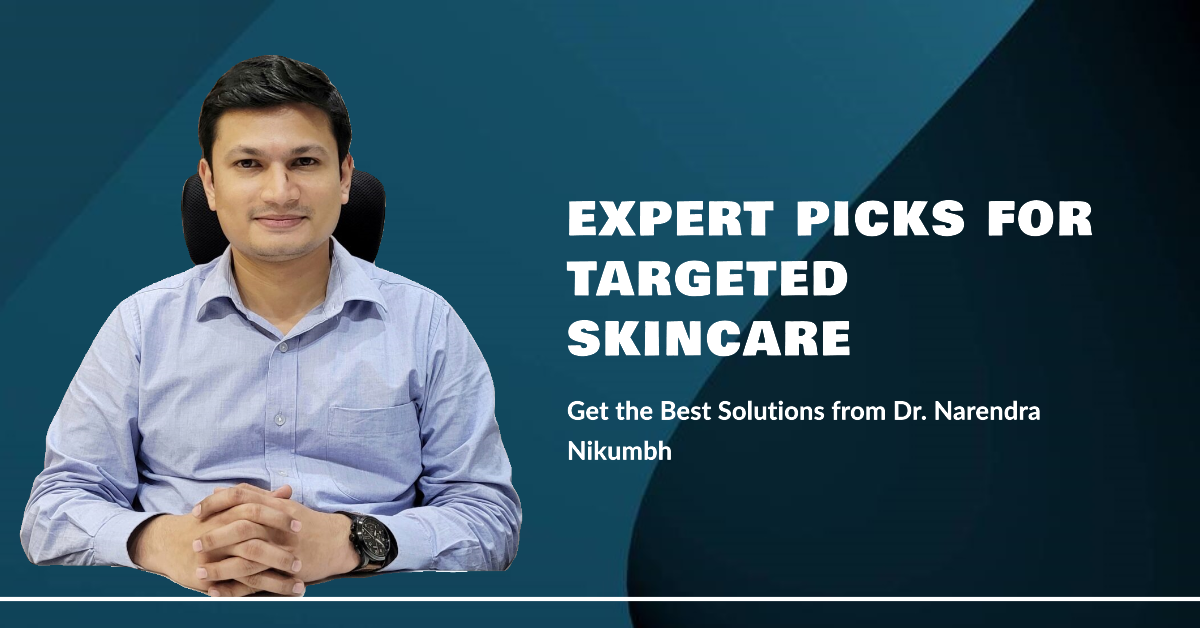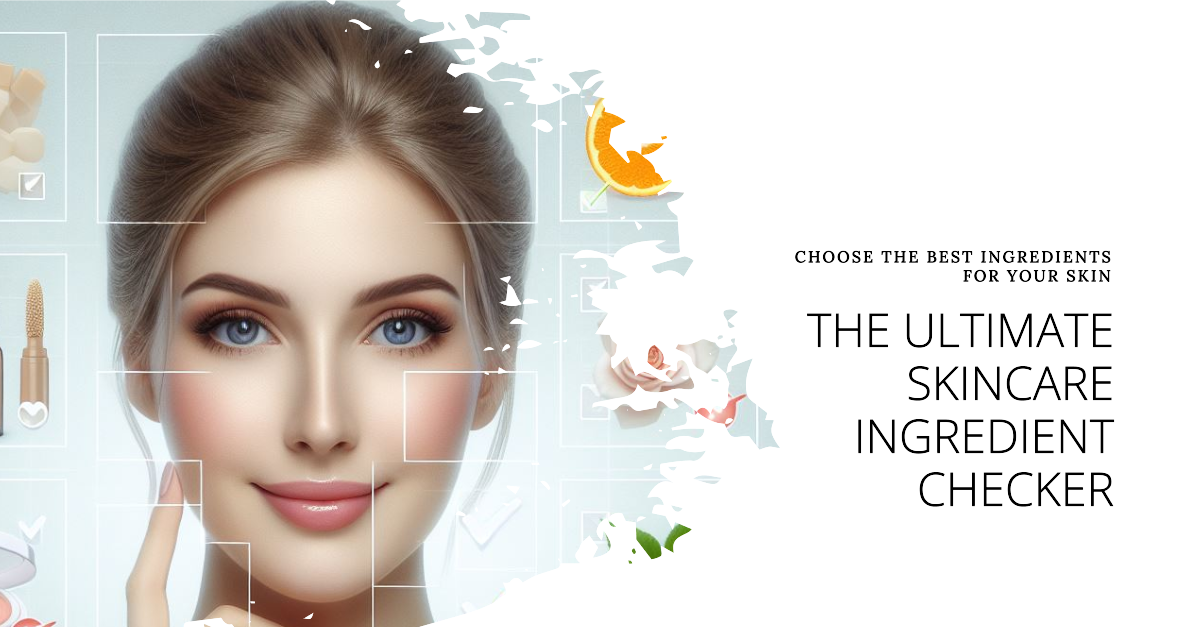You wake up one morning and notice tiny, white bumps on your face. Alarmed, you examine your reflection closely, your fingers gently touching the raised areas. These white pimples on your face seem to have appeared out of nowhere, giving your skin an uneven texture. They aren’t pimples, but they’re certainly not a welcomed addition to your complexion. These small, harmless cysts are known as milia (Milk Spots). In this article, we’ll delve into what milia are, what causes them, and how to treat and prevent them.
In This Article
Understanding Milia:
Milia are small, dome-shaped cysts that typically appear on the face, although they can develop on other parts of the body as well. They are often mistaken for whiteheads due to their similar appearance. However, unlike whiteheads, milia are not caused by clogged pores or excess oil production. Instead, they form when dead skin cells become trapped beneath the surface of the skin.
Types of Milia:
There are two main types of milia:
- Primary Milia: These are common in infants and usually disappear on their own within a few weeks. Primary milia occur when sweat glands are not yet fully developed.
- Secondary Milia: These can affect people of all ages and are often associated with certain skin conditions or trauma to the skin. Secondary milia can result from factors like sun damage, burns, or the use of heavy skincare products.
Causes of Milia:
Milia (Milk Spots) develops when keratin, a protein found in the outermost layer of skin, becomes trapped beneath the surface. There are several elements that may play a role in the development of this condition:
- Excessive Sun Exposure: Prolonged exposure to the sun can lead to skin damage, which in turn can cause milk spots to form.
- Trauma to the Skin: Injuries such as burns or abrasions can disrupt the skin’s natural exfoliation process, leading to the development of milia.
- Use of Heavy Skincare Products: Certain creams or lotions can be too rich for the skin, causing blockages that result in milk spots.
- Genetic Predisposition: Some individuals may be more prone to developing milia due to their genetics.
Treatment Options for Milia:
In many cases, milk spots do not require treatment as they tend to resolve on their own over time. However, if you find them bothersome or they persist, there are several treatment options available:
- Exfoliation: Gentle exfoliation with products containing alpha hydroxy acids (AHAs) or beta hydroxy acids (BHAs) can help remove dead skin cells and prevent milia.
- Retinoids: Topical retinoid creams can promote skin cell turnover, which may help clear milia.
- Lancing: A dermatologist can use a sterile needle or scalpel to carefully remove the cyst. This should not be attempted at home to avoid infection and scarring.
- Cryotherapy: Freezing milia with liquid nitrogen is another option for removal, typically done by a dermatologist.
Preventing Milia:
Prevention is key when it comes to milk spots. Here are some tips to reduce your risk of developing these cysts:
- Use Non-comedogenic Products: Opt for skincare and makeup products labeled as non-comedogenic, which are less likely to clog pores.
- Sun Protection: Always wear sunscreen to protect your skin from UV damage, which can contribute to milk spots formation.
- Gentle Exfoliation: Avoid harsh scrubs that can irritate the skin. Instead, choose gentle exfoliants to help with natural skin cell turnover.
When dealing with milia, it’s important to choose skincare and makeup products that are non-comedogenic and gentle on the skin. Here are some product recommendations that can help prevent and manage milia:
1. Cleanser:
- Cetaphil Gentle Skin Cleanser
- Neutrogena Ultra Gentle Hydrating Cleanser

- Avene Cleanance Cleansing Gel
2. Exfoliant:
- Paula’s Choice Skin Perfecting 2% BHA Liquid Exfoliant (contains salicylic acid, which can help with exfoliation)

- The Ordinary Lactic Acid 10% + HA (a gentle AHA for exfoliation)
3. Moisturizer:
- CeraVe Moisturizing Cream

- Vanicream Moisturizing Cream

4. Sunscreen:

- La Roche-Posay Anthelios Melt-in Milk Sunscreen SPF 100

5. Makeup:
- BareMinerals Original Foundation (powder foundation tends to be less likely to clog pores)

- Neutrogena SkinClearing Mineral Powder (also contains salicylic acid)

6. Serum:
– The Ordinary Niacinamide 10% + Zinc 1% (can help with oil control and overall skin health)
7. Salicylic Acid (BHA) Products:
- Neutrogena Oil-Free Acne Wash: Contains salicylic acid to help exfoliate the skin and prevent clogged pores.
- Paula’s Choice Skin Perfecting 2% BHA Liquid Exfoliant: A potent salicylic acid product known for its effectiveness in unclogging pores.

8. Glycolic Acid (AHA) Products:
- The Ordinary Glycolic Acid 7% Toning Solution: A gentle AHA product that can help with exfoliation.
- Plum Green Tea Renewed Clarity Night Gel: Contains glycolic acid to assist in removing dead skin cells.
9. Retinoid Products:
- Retin-A (Tretinoin) Cream/Gel: Available as prescription-only in India, tretinoin is a powerful retinoid that can promote skin cell turnover and reduce milia over time.
- Adapalene Gel (Differin): This topical retinoid is also available as an over-the-counter product in India and can be effective in preventing milia.
Remember to patch-test any new product to ensure it doesn’t irritate your skin, and if you have persistent or bothersome milk spots, consult a dermatologist for personalized advice and treatment options. Additionally, always cleanse your face thoroughly before going to bed to remove makeup and impurities that could contribute to milia formation.
Milia may be a cosmetic concern for some, but they are generally harmless. Understanding their causes and prevention methods can help you maintain clear, healthy skin. If you have persistent or bothersome milia, consult a dermatologist for appropriate treatment options tailored to your specific needs.
Recommended Read: A Guide on Pregnancy-Safe Skincare Ingredients: What to Use and What to Avoid











